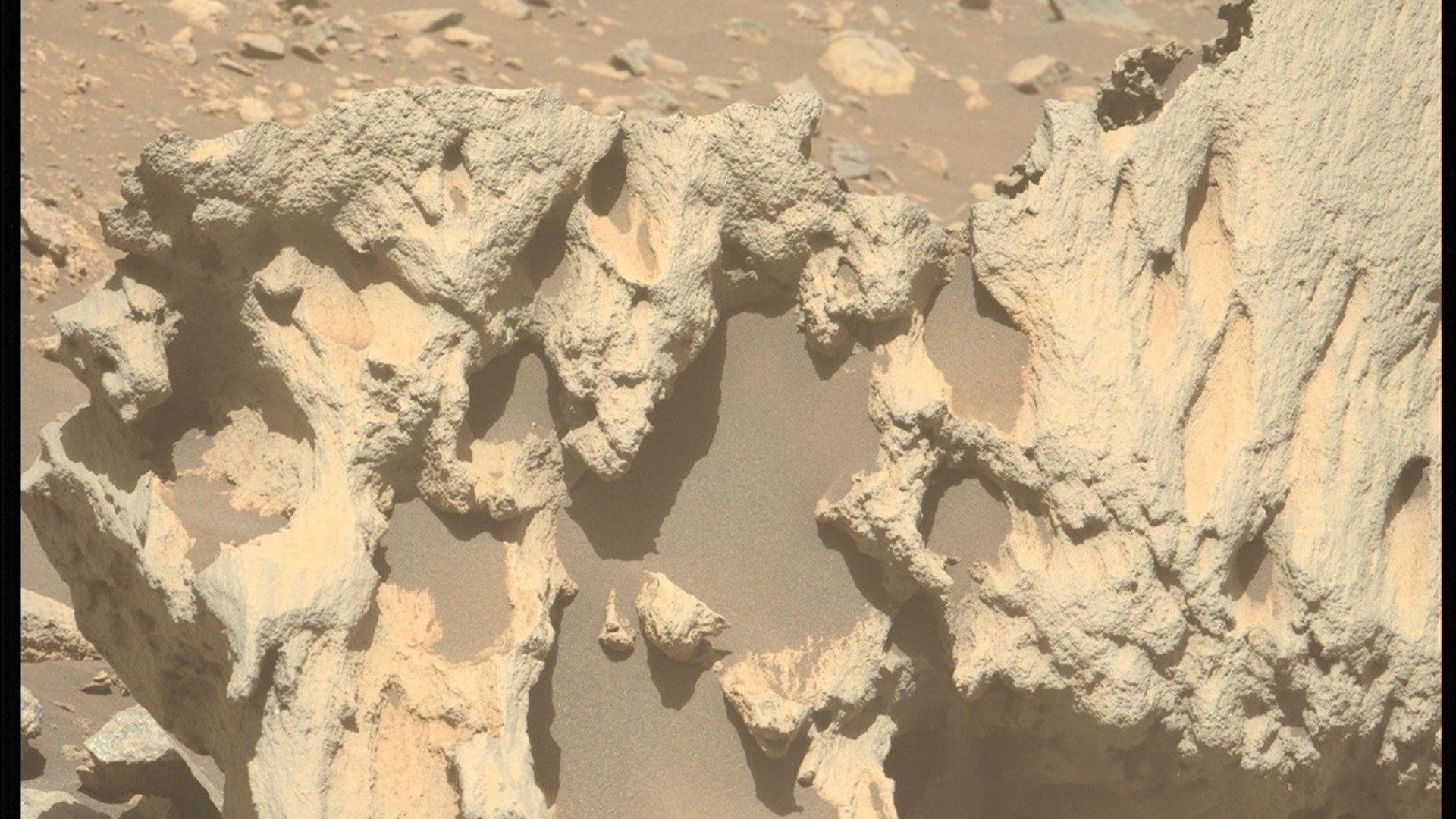# Is the Ozone Hole Over Antarctica Getting Smaller? Here’s What You Need to Know
The ozone hole over Antarctica has been a concern for many years, but recent observations indicate a hopeful trend. This year, the hole appears to be smaller and is breaking up earlier than in previous years. Let’s explore what this means and the factors contributing to these changes.
## Signs of Recovery
– **Reduction in Size**: Scientists have noted that the ozone hole is showing signs of significant recovery. It has been reported as the fifth smallest on record.
– **Earlier Dissipation**: This year, the ozone hole has started to break up earlier than usual, signaling a positive trend.
## The Role of the Montreal Protocol
The impressive turnaround in the state of the ozone layer can be largely attributed to global initiatives, particularly the Montreal Protocol. This landmark agreement, established in 1987, aimed to phase out the use of ozone-depleting substances.
– **Decreased Chemical Use**: As a result of the protocol, the release of harmful chemicals that contribute to ozone depletion has been significantly reduced, leading to improved conditions in the stratosphere.
## Weather Influence and Future Outlook
While the recovery of the ozone hole is promising, it’s essential to acknowledge that weather patterns also play a significant role in its size and duration.
– **Short-Term Variability**: Year-to-year fluctuations in weather can affect how quickly the ozone hole forms and dissipates.
– **Long-Term Projections**: Despite these short-term variations, scientists project that the ozone layer could fully recover by the late 2060s if current policies remain in place.
## Conclusion
The recent developments concerning the ozone hole over Antarctica are encouraging. With continued global commitment to protecting the ozone layer through initiatives like the Montreal Protocol, there is hope for a healthier atmosphere in the future. Monitoring and understanding these changes will be crucial as we move toward a more sustainable and protective environmental strategy.

